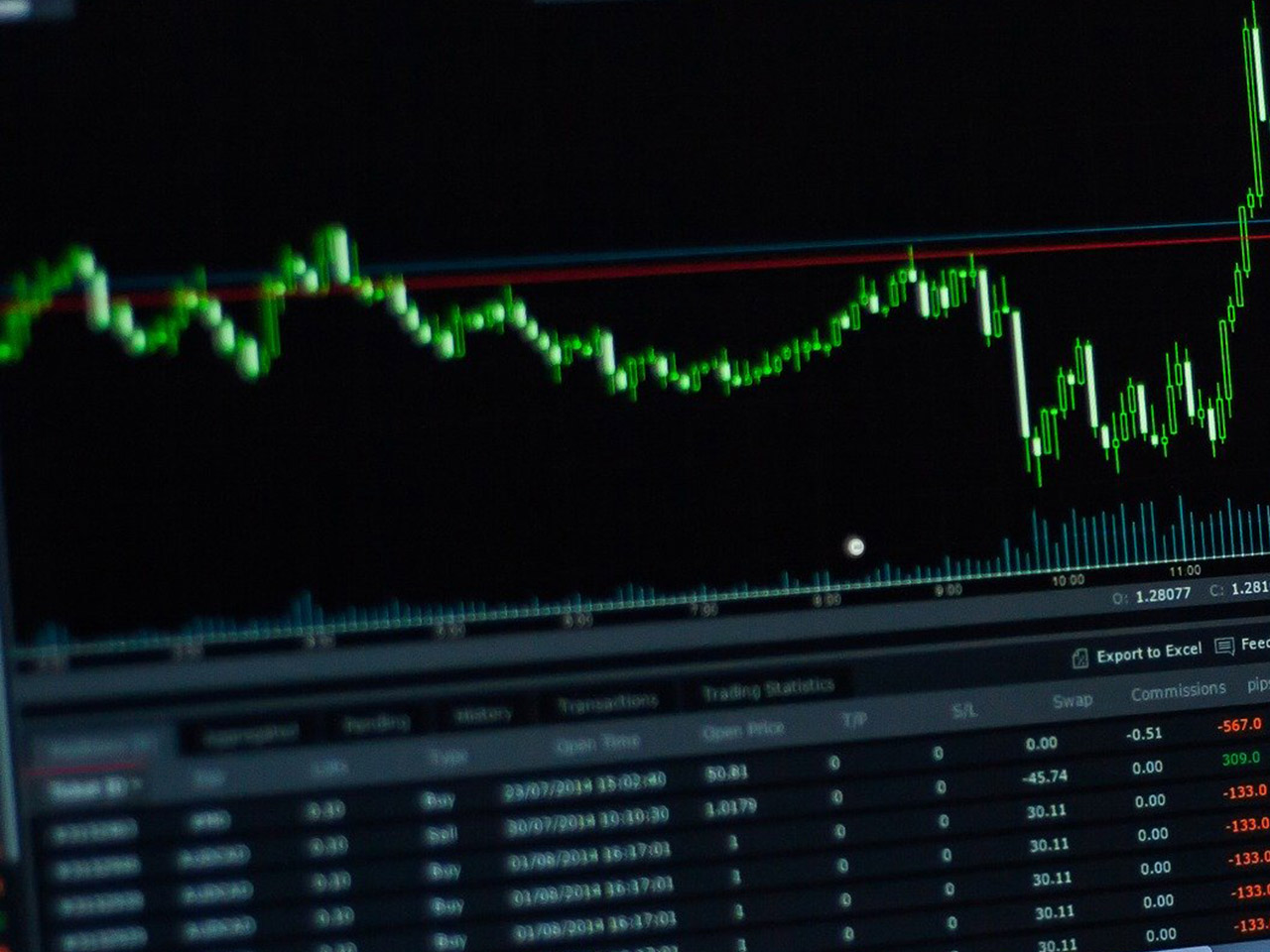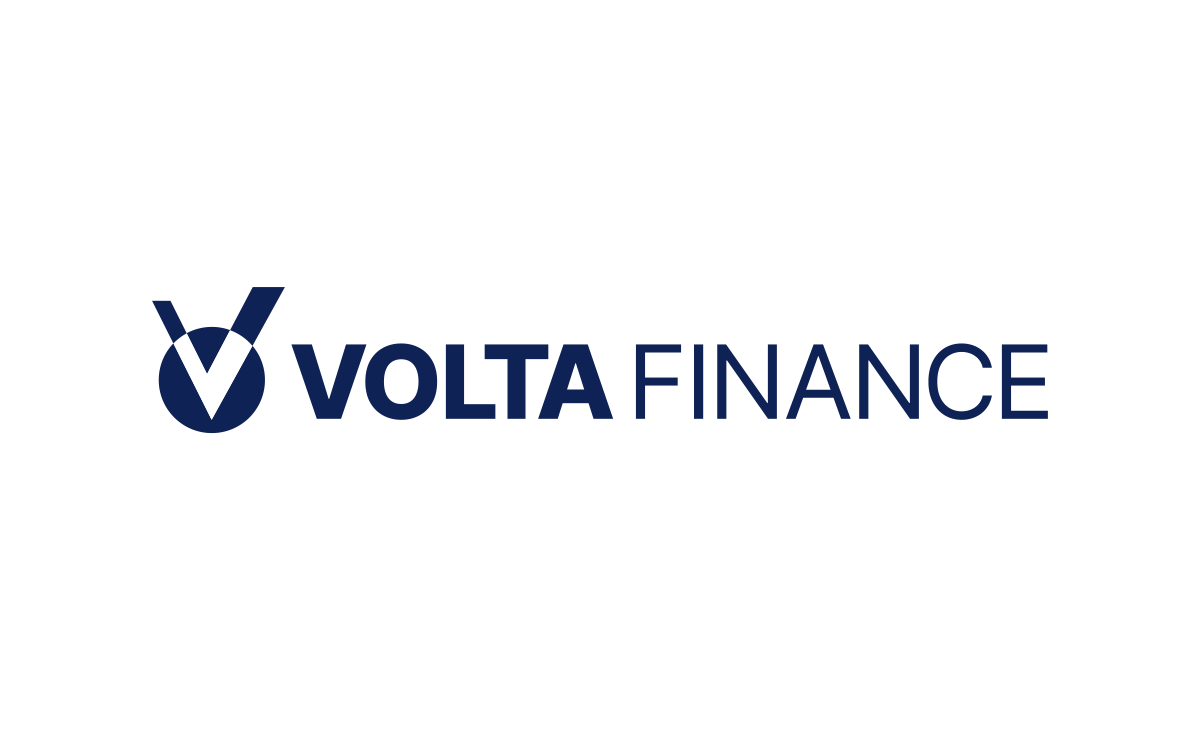Investors with an eye on the technology sector are likely familiar with Shopify Inc. (NYSE: SHOP), a Canadian-based commerce technology powerhouse. The company, which has a market capitalization of $148.26 billion, continues to capture interest with its robust revenue growth and impressive return on equity, clocking in at 16.15%. As Shopify expands its footprint globally, it’s crucial to evaluate its current standing and potential trajectory.
At $114.77 per share, Shopify’s stock has seen a modest 0.02% increase recently, with a 52-week range between $52.26 and $129.31. The current price is slightly below the average analyst target of $115.18, suggesting a negligible potential upside of 0.36%. However, the stock’s technical indicators, such as an RSI of 31.70, suggest it might be approaching an oversold condition, potentially indicating a buying opportunity for savvy investors.
Shopify’s growth story is underscored by a remarkable 26.80% revenue increase, a figure that stands out in the competitive software application industry. Yet, despite this growth, the absence of a P/E ratio and other standard valuation metrics like PEG and Price/Book ratios suggest that the company is not yet profitable in the traditional sense, focusing instead on reinvestment to fuel expansion.
The company’s forward P/E ratio of 63.89 may raise eyebrows for value-focused investors, reflecting a premium on expected future earnings. However, Shopify’s free cash flow of over $841 million indicates a strong capacity for reinvestment and potential acquisitions to bolster its platform offerings, which include integrated payment solutions and analytics tools.
Analyst sentiment towards Shopify is predominantly positive, with 34 buy ratings overshadowing 14 holds and a single sell. The target price range of $85.00 to $135.00 reveals that while there is optimism about Shopify’s growth prospects, there is also recognition of the inherent volatility and market risk.
Shopify’s strategic initiatives, such as expanding its payment processing capabilities and enhancing its merchant services, align with its mission to empower businesses across diverse regions, including North America, Europe, and Asia-Pacific. This global reach is a testament to Shopify’s adaptability and ambition in a rapidly evolving digital commerce landscape.
For dividend-oriented investors, Shopify’s current lack of a dividend yield and a 0% payout ratio may be a drawback. The company’s focus remains on growth and expansion, leveraging its resources to capture a larger share of the e-commerce market rather than returning capital to shareholders.
In summary, Shopify Inc. presents a compelling narrative of growth and broad market engagement, supported by a strong technological foundation and a growing suite of services. While valuation metrics may suggest caution, the company’s robust revenue growth and strategic initiatives offer a promising outlook for investors willing to navigate the volatility of the tech sector. As Shopify continues to innovate and expand its global presence, it remains a pivotal player worthy of attention in any growth-focused portfolio.








































